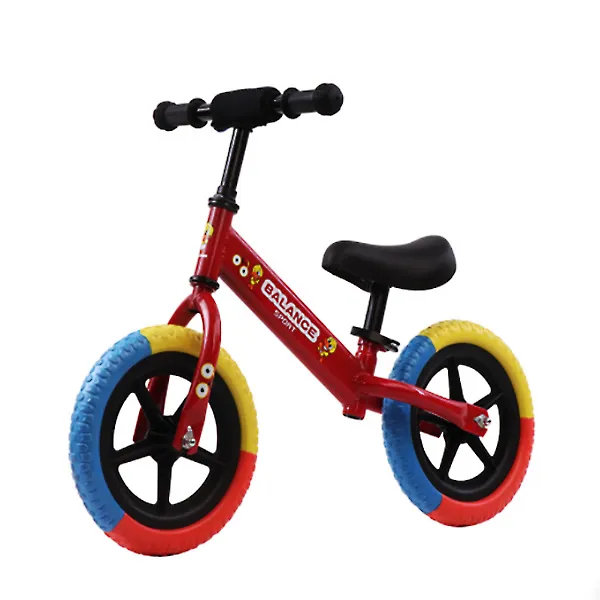
- Afrikaans
- Albanian
- Amharic
- Arabic
- Armenian
- Azerbaijani
- Basque
- Belarusian
- Bengali
- Bosnian
- Bulgarian
- Catalan
- Cebuano
- Corsican
- Croatian
- Czech
- Danish
- Dutch
- English
- Esperanto
- Estonian
- Finnish
- French
- Frisian
- Galician
- Georgian
- German
- Greek
- Gujarati
- Haitian Creole
- hausa
- hawaiian
- Hebrew
- Hindi
- Miao
- Hungarian
- Icelandic
- igbo
- Indonesian
- irish
- Italian
- Japanese
- Javanese
- Kannada
- kazakh
- Khmer
- Rwandese
- Korean
- Kurdish
- Kyrgyz
- Lao
- Latin
- Latvian
- Lithuanian
- Luxembourgish
- Macedonian
- Malgashi
- Malay
- Malayalam
- Maltese
- Maori
- Marathi
- Mongolian
- Myanmar
- Nepali
- Norwegian
- Norwegian
- Occitan
- Pashto
- Persian
- Polish
- Portuguese
- Punjabi
- Romanian
- Russian
- Samoan
- Scottish Gaelic
- Serbian
- Sesotho
- Shona
- Sindhi
- Sinhala
- Slovak
- Slovenian
- Somali
- Spanish
- Sundanese
- Swahili
- Swedish
- Tagalog
- Tajik
- Tamil
- Tatar
- Telugu
- Thai
- Turkish
- Turkmen
- Ukrainian
- Urdu
- Uighur
- Uzbek
- Vietnamese
- Welsh
- Bantu
- Yiddish
- Yoruba
- Zulu
Oct . 02, 2024 09:42 Back to list
Tips for Properly Adjusting Front Derailleur on Your Mountain Bike
How to Adjust the Front Derailleur on a Mountain Bike
Adjusting the front derailleur on your mountain bike is an essential skill that can significantly enhance your riding experience. A properly adjusted derailleur ensures smooth shifting, which is crucial for maintaining momentum and optimizing your bike's performance. Whether you’re tackling steep climbs or navigating technical descents, having a well-tuned front derailleur can make all the difference. Here’s a step-by-step guide on how to adjust the front derailleur on a mountain bike.
Understanding the Front Derailleur
Before diving into the adjustments, it's important to understand the function of the front derailleur. The front derailleur is responsible for guiding the chain between the different chainrings on the crankset. When it’s properly adjusted, the derailleur ensures that the chain moves smoothly from one chainring to another without slipping or making unwanted noises.
Tools You’ll Need
To effectively adjust your front derailleur, you'll need the following tools - A 5mm Allen wrench (or the appropriate size for your bike’s derailleur clamp) - A Phillips or flathead screwdriver (depending on your derailleur) - A bike stand (optional, but helpful for stability) - Chain lubricant (for maintenance after adjustment)
Step 1 Inspect the Derailleur
Before making any adjustments, check the condition of your front derailleur and its components - Ensure that the derailleur is clean and free of debris. - Check for any damage or wear on the derailleur, chainrings, and chain. - Verify that the derailleur is securely attached to the frame.
Step 2 Positioning the Derailleur
High Limit Adjustment
1. Shift to the Smallest Chainring Start by shifting your bike into the smallest chainring and the smallest rear cog. This helps in setting the limits for the derailleur. 2. Adjust the High Limit Screw Locate the high limit screw, usually marked with an H. Adjust this screw to ensure that the inner plate of the derailleur is parallel to the chainring. The gap between the chain and the derailleur's inner plate should be around 1-2 mm. Tighten or loosen the screw as necessary.
Step 3 Low Limit Adjustment
how to adjust front derailleur on a mountain bike

1. Shift to the Largest Chainring Next, shift to the largest chainring and the smallest rear cog to set the low limit.
2. Adjust the Low Limit Screw Find the low limit screw, typically marked with an L. Adjust this screw until the outer plate of the derailleur is also parallel to the largest chainring, with a gap of 1-2 mm. Again, tighten or loosen the screw to achieve the desired position.
Step 4 Cable Tension Adjustment
1. Check Cable Tension With your limits set, it’s time to adjust the cable tension. Shift to the largest chainring; if the chain hesitates to shift, the cable tension might be too low.
2. Adjust the Cable Tension Use the barrel adjuster located on the derailleur or at the shifter. Turning the adjuster counter-clockwise will increase tension. Make small adjustments and test the shifting until you find the right tension that allows for smooth transitions between chainrings.
Step 5 Test Shifting
Now that you have adjusted the high and low limits and cable tension, it’s time to test your bike - Shift through all gears to ensure smooth shifting from the smallest to the largest chainring and back. - Make minor adjustments if needed; it's common to require some fine-tuning after the initial setup.
Step 6 Final Check and Maintenance
After you’re satisfied with the shifting performance, give your drivetrain a thorough inspection - Check the chain for any signs of wear and apply lubricant if necessary. - Ensure that all screws are tightened appropriately and that everything is secure.
Conclusion
Adjusting the front derailleur on your mountain bike can seem daunting, but with a bit of patience and practice, it becomes an invaluable skill for any cyclist. Regular maintenance and adjustments not only improve your bike's performance but also enhance your cycling experience. Remember, a well-tuned bike is key to conquering any trail with confidence and ease. Happy riding!
-
The Ultimate Kids' Four-Wheeler Experience
NewsJul.09,2025
-
The Ultimate Guide to Mountain Bikes: Gear Up for Your Ride
NewsJul.09,2025
-
The New Age of Cycling: Electric Bikes for Every Rider
NewsJul.09,2025
-
The Best Kids Bicycles: Ride in Style and Safety
NewsJul.09,2025
-
The Best 3-Wheel Scooters for Kids: Fun, Safety, and Adventure
NewsJul.09,2025
-
Revolutionize Your Ride: Affordable Electric Bikes
NewsJul.09,2025
-
Finding the Perfect Mountain Bike for Every Rider
NewsJul.09,2025



